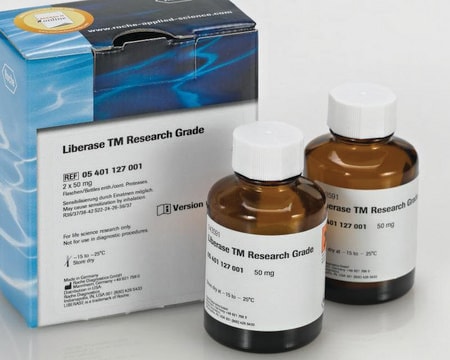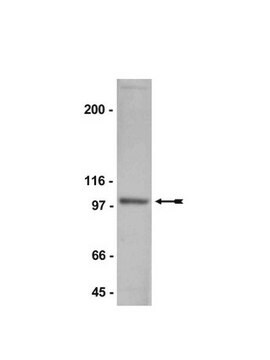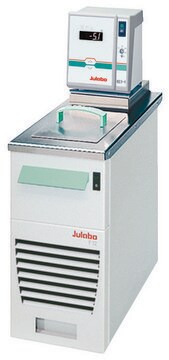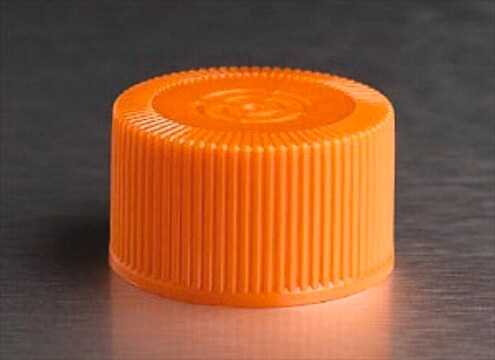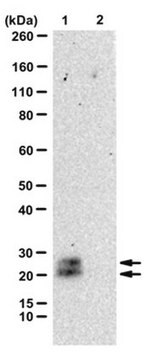05-659
Anti-Kaiso Antibody, clone 6F
clone 6F, Upstate®, from mouse
About This Item
IHC
IP
WB
immunohistochemistry: suitable
immunoprecipitation (IP): suitable
western blot: suitable
Productos recomendados
origen biológico
mouse
Nivel de calidad
forma del anticuerpo
purified antibody
tipo de anticuerpo
primary antibodies
clon
6F, monoclonal
reactividad de especies
mouse, hamster, chicken, canine, rat, human, monkey
fabricante / nombre comercial
Upstate®
técnicas
electrophoretic mobility shift assay: suitable
immunohistochemistry: suitable
immunoprecipitation (IP): suitable
western blot: suitable
isotipo
IgG1
Nº de acceso NCBI
Nº de acceso UniProt
Condiciones de envío
dry ice
modificación del objetivo postraduccional
unmodified
Información sobre el gen
human ... ZBTB33(10009)
Especificidad
Inmunógeno
Aplicación
Epigenetics & Nuclear Function
Transcription Factors
Calidad
Immunohistochemistry: As shown by an independent laboratory, 1μg/ml of this antibody gave positive nuclear immunostaining for Kaiso in NIH 3T3 cells fixed with 100% methanol (Daniel, 2001; Daniel, 1999).
Immunoprecipitation: As shown by an independent laboratory, 2-5μg of this antibody immunoprecipitated Kaiso from RIPA lysates from NIH 3T3 cells (Daniel, 1999; Prokhortchouk, 2001).
Supershift: As shown by an independent laboratory, this antibody will supershift a specific methyl-CpG complex (Prokhortchouk, 2001).
Descripción de destino
Forma física
Almacenamiento y estabilidad
Nota de análisis
Positive Antigen Control: Catalog #12-305, 3T3/A31 lysate. Add 2.5 μL of 2-mercapto-ethanol/100 μL of lysate and boil for 5 minutes to reduce the preparation. Load 20 μg of reduced lysate per lane for minigels.
Información legal
Cláusula de descargo de responsabilidad
¿No encuentra el producto adecuado?
Pruebe nuestro Herramienta de selección de productos.
Código de clase de almacenamiento
10 - Combustible liquids
Clase de riesgo para el agua (WGK)
WGK 1
Certificados de análisis (COA)
Busque Certificados de análisis (COA) introduciendo el número de lote del producto. Los números de lote se encuentran en la etiqueta del producto después de las palabras «Lot» o «Batch»
¿Ya tiene este producto?
Encuentre la documentación para los productos que ha comprado recientemente en la Biblioteca de documentos.
Nuestro equipo de científicos tiene experiencia en todas las áreas de investigación: Ciencias de la vida, Ciencia de los materiales, Síntesis química, Cromatografía, Analítica y muchas otras.
Póngase en contacto con el Servicio técnico
